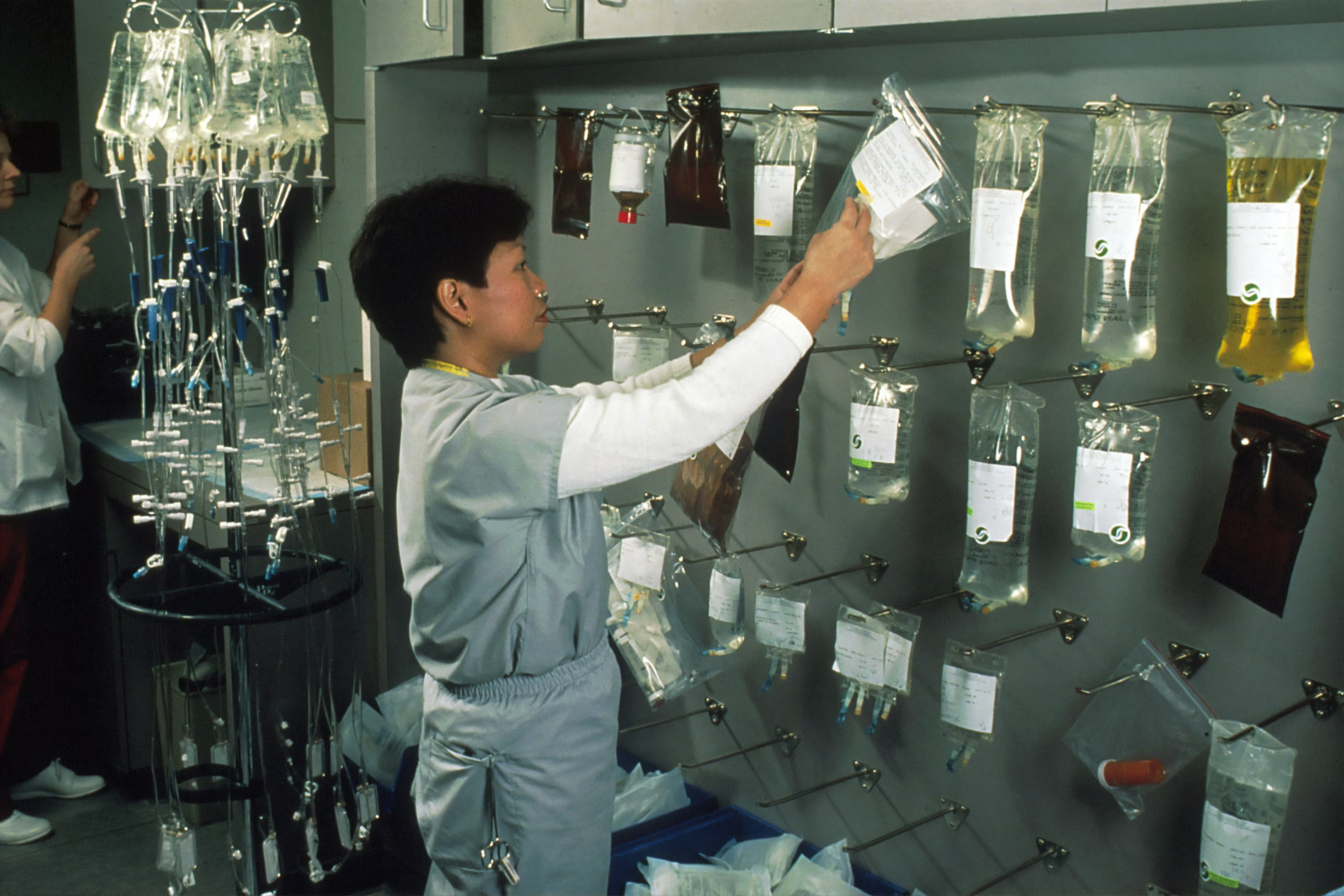Imagine you’re preparing a delicious meal in your kitchen, using your favorite non-stick pan, or maybe you’re just enjoying a cold glass of water after a long run. These everyday activities might seem harmless, but they could expose you to a hidden danger: PFAS. But what are PFAS?
So, What Are PFAS?
PFAS, or per- and polyfluoroalkyl substances, are a group of man-made chemicals that have been used in a variety of industries since the 1940s. They’re found in products that resist heat, oil, stains, grease, and water. Think of items like non-stick cookware, water-repellent clothing, stain-resistant fabrics and carpets, firefighting foams, and even some food packaging.
PFAS are often referred to as “forever chemicals” because they don’t break down in the environment. This persistence means they can accumulate over time in our bodies and the ecosystem, leading to potential health risks. In addition to their widespread use, PFAS are incredibly resilient, resisting natural degradation processes such as sunlight, bacteria, and environmental exposure. As a result, they have been detected in air, water, soil, and even the most remote areas of the planet, including the Arctic. This global spread of PFAS raises concerns about their long-term impact on both human health and the environment.
Why Should You Be Concerned?
The growing body of research on PFAS exposure is alarming. Here are some reasons why you should be mindful of these chemicals:
- Health Risks: Studies have linked PFAS to various health issues, including cancer, liver damage, decreased fertility, and increased risk of asthma and thyroid disease. These chemicals can interfere with the immune system and have been associated with developmental delays in children.
- Environmental Impact: PFAS don’t just vanish. They persist in the environment, contaminating soil and water supplies. This can affect wildlife, and ultimately, humans who rely on these resources. PFAS have been found in polar bears in the Arctic, far from any industrial activity, highlighting their pervasive nature.
- Bioaccumulation: Once PFAS enter the body, they accumulate over time because our bodies struggle to eliminate them. This means even small exposures can build up and become problematic in the long run.
- Widespread Contamination: PFAS have been detected in the blood of humans and animals worldwide. A significant percentage of the population has detectable levels of PFAS in their blood, primarily due to exposure through contaminated food, water, and household products.
How Can You Avoid PFAS?
While it’s nearly impossible to completely eliminate PFAS exposure, you can take steps to reduce it significantly:
- Choose PFAS-Free Products: Look for products labeled as PFAS-free. Many companies are now offering alternatives in cookware, clothing, and cosmetics. Check out cleanproductlist.com for a comprehensive list of brands and products that do not contain PFAS.
- Filter Your Water: Certain water filters, like those with activated carbon, can reduce PFAS levels in drinking water.
- Be Mindful of Packaging: Avoid fast food packaging and microwave popcorn bags, as they often contain PFAS.
- Check Product Labels: Read labels on products like stain-resistant sprays and outdoor gear to ensure they don’t contain PFAS.
- Support Legislation: Advocate for stricter regulations on PFAS use and support brands that are committed to safer alternatives. You can find brands committed to being PFAS-free on cleanproductlist.com.
The Bottom Line
PFAS might be all around us, but that doesn’t mean we have to accept their risks without action. By becoming informed and making conscious choices, we can reduce our exposure to these harmful chemicals. It’s time to make changes for our health, our families, and the planet. Every small step counts, and together, we can push for a PFAS-free future.
Remember, knowledge is power. Share this information with friends and family, and let’s work towards a healthier, safer environment for all. For more information on PFAS-free products, visit cleanproductlist.com and start making informed choices today.









